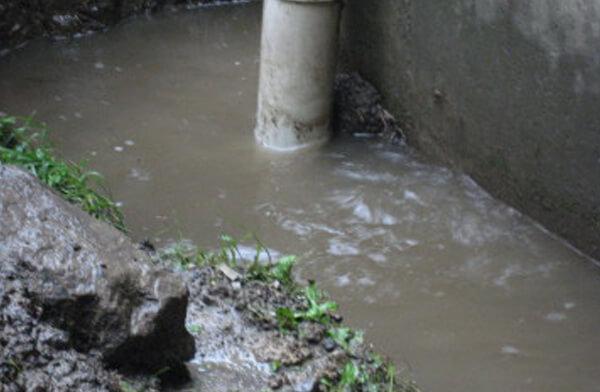Were you trying to locate resources about Leaking water lines?

Early detection of leaking water lines can reduce a potential disaster. Some small water leakages may not be visible.
1. Analyze the Water Meter
Inspecting it is a proven means that aids you uncover leakages. If it relocates, that suggests a fast-moving leakage. This suggests you may have a sluggish leakage that can also be below ground.
2. Inspect Water Usage
If you find unexpected modifications, regardless of your intake being the exact same, it indicates that you have leakages in your plumbing system. A sudden spike in your expense shows a fast-moving leak.
A constant rise every month, also with the very same habits, reveals you have a slow-moving leakage that's additionally gradually rising. Call a plumber to extensively examine your residential or commercial property, particularly if you feel a cozy location on your flooring with piping below.
3. Do a Food Coloring Test
When it comes to water usage, 30% comes from bathrooms. If the shade in some way infiltrates your bowl throughout that time without flushing, there's a leakage between the tank as well as dish.
4. Asses Exterior Lines
Don't fail to remember to inspect your outside water lines as well. Must water permeate out of the link, you have a loosened rubber gasket. One small leak can waste loads of water and spike your water bill.
5. Examine the scenario and also evaluate
Home owners must make it a habit to examine under the sink counters as well as even inside closets for any type of bad odor or mold and mildew development. These two red flags indicate a leakage so prompt focus is required. Doing regular assessments, even bi-annually, can save you from a major trouble.
If you know your house is currently old, maintain a watchful eye on your heating systems, hoses, pipes etc. Check for stainings as well as damaging as most pipes and home appliances have a life expectancy. They will certainly likewise naturally weaken as a result of tear and also put on. Do not wait for it to rise if you think leaking water lines in your plumbing system. Call a professional plumber as soon as possible so you do not end up with an awful mess in your home.
Early detection of leaking water lines can minimize a potential catastrophe. Some little water leaks may not be noticeable. Examining it is a surefire method that helps you find leakages. One little leak can squander lots of water and also increase your water bill.
If you think leaking water lines in your plumbing system, don't wait for it to escalate.
Tips for Detecting Hidden Plumbing Leaks
Check for Signs of Water Damage
We recommend that you check the following places for evidence of water damage:
Near where you store your water heater
Around your sump pump
In areas where pipes are visible
Underneath cabinetry or a vanity beneath a sink
Where your outside hose bib isIf water damage is present, you may also notice mold and/or mildew or smell a foul or musky odor. You might also be able to hear the sound of water running where it shouldn’t be.
Perform a Water Meter Test
One of the easiest ways to determine whether you have a hidden leak on your property is to test your water meter. Turn off all appliances in that use water and make sure you don’t have any faucets running. Locate your water meter and record the reading on it. Continue to leave everything off for a minimum of two hours and then go back and see the meter reading. If it’s a noticeable difference, chances are you have a hidden plumbing leak.
Monitor Your Outside Usage
As the seasons change, you might use more water to keep your yard lush and green and your flowers blooming. However, it’s important to routinely ensure that your sprinkler or irrigation system is working properly and that any outside faucets are completely off. This way you’re not wasting any water.
Do the Toilet Food Coloring Test
Are you kept up at night because your toilet continues to run? If you’ve noticed your toilet randomly refills, especially when it’s not in use, it could mean you have a defective flapper tank and water will leak into the bowl. Fortunately, there’s an easy (and kind of fun!) way to test whether you’re dealing with this issue. Grab some food coloring and add a few drops into your toilet’s tank. Wait 15 minutes and then check to see whether the water in the bowl is colored. If it is, you have a leak within your toilet and the internal assembly will need to be repaired or replaced.
https://www.carterservices.com/blog/2020/february/tips-for-detecting-hidden-plumbing-leaks/

As a serious reader on Leaking water lines, I figured sharing that excerpt was sensible. In case you appreciated our blog post please remember to share it. Thanks a lot for your time invested reading it.